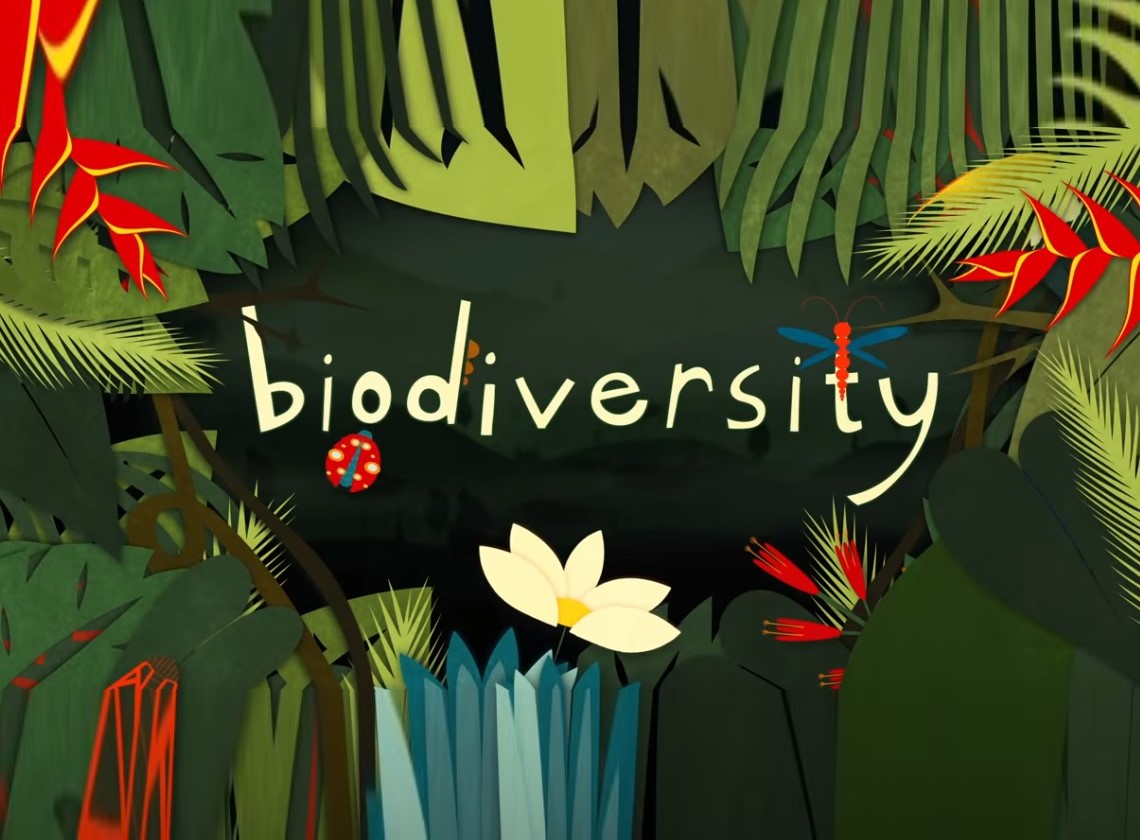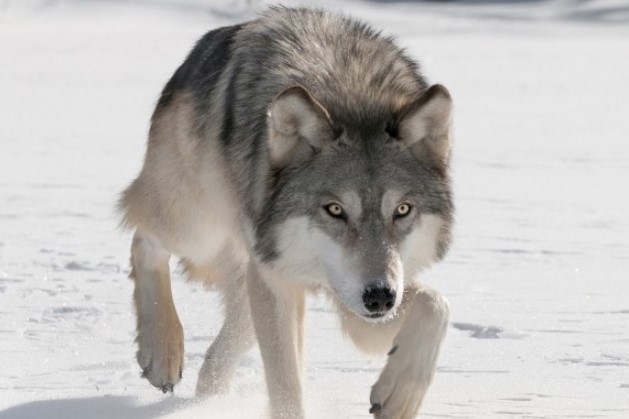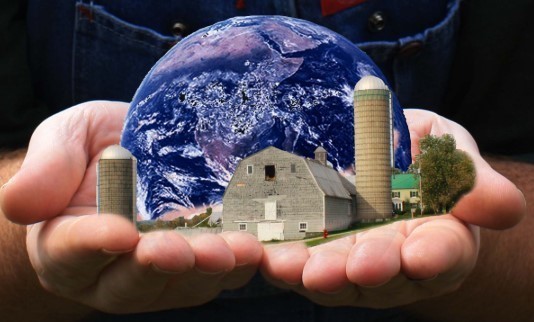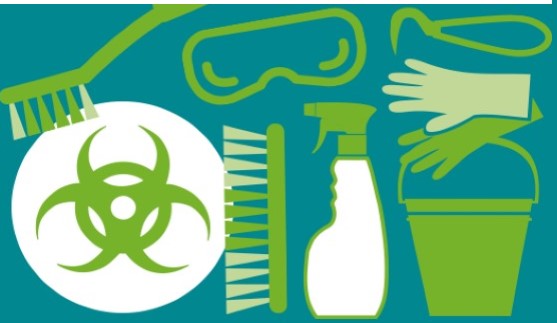Animals Biosecurity
Animal biosecurity is all about protecting the economy, human health and the environment from problems associated with pests and diseases of animals and residues in animal products. It refers to the measures that have to be taken to stop disease being introduced into an area. There are various methods to both prevent and contain disease. Biocontainment aims to keep the disease under control so that it cannot be spread further.
When thinking about animal biosecurity, there are three things about the particular disease that needs to be considered, which includes the individual animal hosting the disease, the disease itself and the environment.
Measures in animal biosecurity
Animal biosecurity aims to use measure to stop pathogens infecting populations, herds, or groups of animals where they do not yet exist. The herd owner is usually responsible for protecting against the introduction of any new pathogens among the herd as well as limiting the spread of any existing disease. This can be managed in two ways:
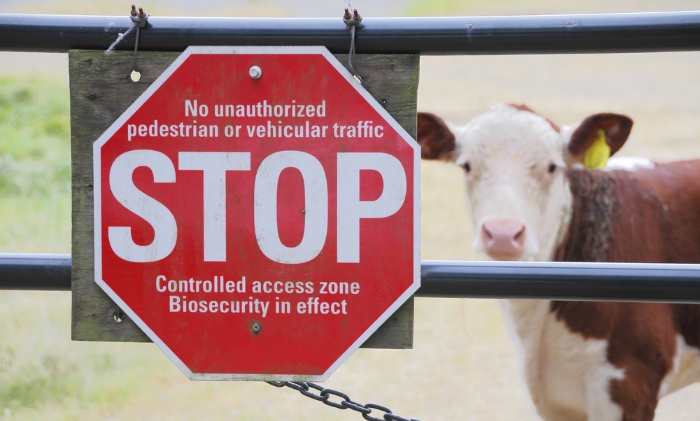
1. Isolation of new animals
New animals brought to the farm should be quarantined to prevent the spread of new, external infections. Quarantine should last for a minimum of two weeks and preferably one month. The isolation facility should be at a minimum of several hundred yards from the herd and be positioned so that any drainage or wind does not carry contaminants back towards the herd. If complete isolation is impossible, a separate pen should be used to prevent nose-to-nose contact and the sharing of food or water supplies with existing animals. All new animals must be tested before being mixed with existing ones.
2. Managing risk posed by visitors
Visitors may be people travelling between groups of animals, which means people visiting from urban areas who have no contact with livestock are low risk and highly unlikely to be carrying disease. Visitors should wear clean footwear but providing disposable plastic boots and coveralls gives added protection.
Mechanics and delivery drivers are a medium risk since they regularly visit farms, but usually have no contact with animals. These visitors are advised to wear disposable coveralls and boots and should also clean and disinfect any equipment used.
Veterinarians, livestock haulers, livestock owners and others who are in close contact with livestock are the highest risk category of visitors. Disposable sleeves, boots, coveralls, gloves and other disposable or clothing that can be disinfected are critical.
Bioexclusion plan
Keeping a closed herd by never buying in, borrowing or rearing any outside livestock is one of the best ways to keep disease out of the farm and is highly recommended. However, this is not always possible as part of animal management. A bioexclusion plan is essential reduce the risks of bringing in new stock and potentially introducing infectious disease
Added animals are not just those bought in animal sales (whether imported from abroad or from Irish farms), but also livestock returning from sales, shows, communal grazing or housing and ‘borrowed’ stock such as a bull. These animals represent the greatest biosecurity risk to the resident herd livestock. Mitigation of these risks requires implementation of bioexclusion practices before, during and after animal movement.
To keep the risks low it is suggested that when buying animals, plan to do so as few times as possible through the year and consider if it is essential that you buy in animals to achieve your business aims or if this can be achieved through breeding. Buy from as few herds as possible so that you are not potentially introducing a broader range of disease strains. Purchase from clear or low disease incidence regions and low risk herds accredited free of certain diseases.
Biocontainment plan
Biocontainment is the practice needed to reduce or prevent the spread of infectious diseases within a farm, but also includes good farming practice to prevent disease problems occurring. In some cases it may be necessary to live with the presence of an infectious agent, but seek to prevent the disease it causes, such as Leptospirosis. For others, the infectious agent may need to be eradication, for example Neospora caninum, which causes Neosporosis. In other cases in Ireland national eradication programmes are in place, such as for the BVD virus.
First, you need to establish the disease status of your herd and then maintain or improve this status with a Biocontainment Plan. In conjunction with a veterinary practitioner there are three steps that need to be taken:
Step 1 Reduce the sources of infection by ensuring all animals are healthy.
Step 2 Prevent the spread of infection to susceptible animals.
Step 3 Improve immunity of susceptible animals.
